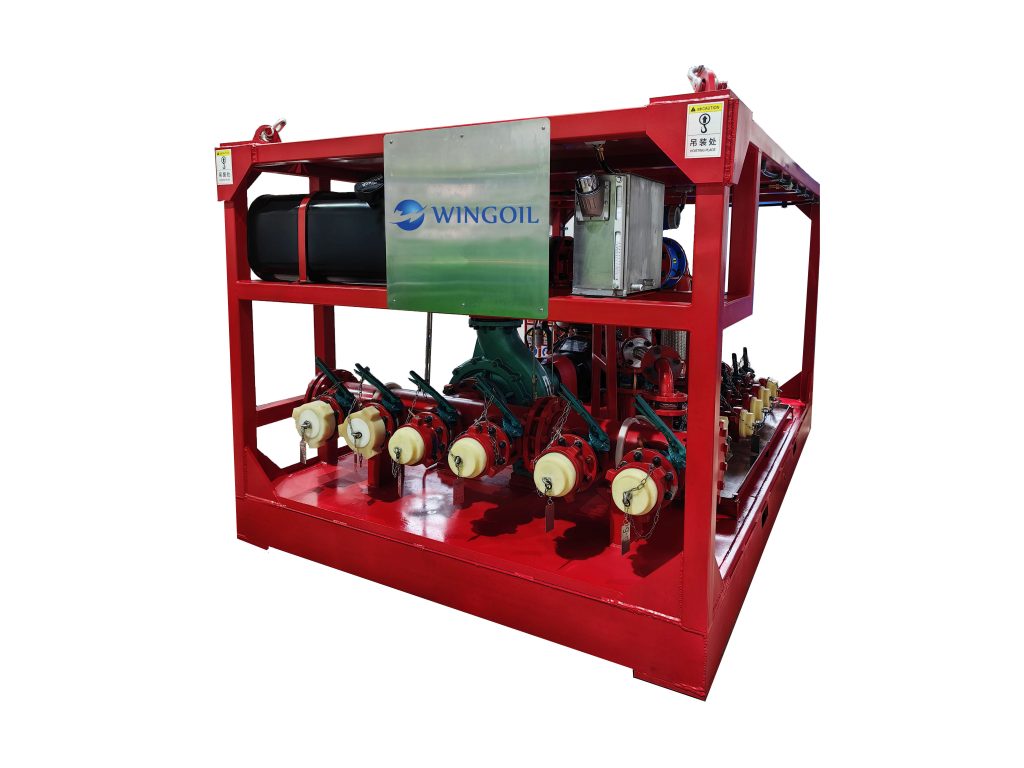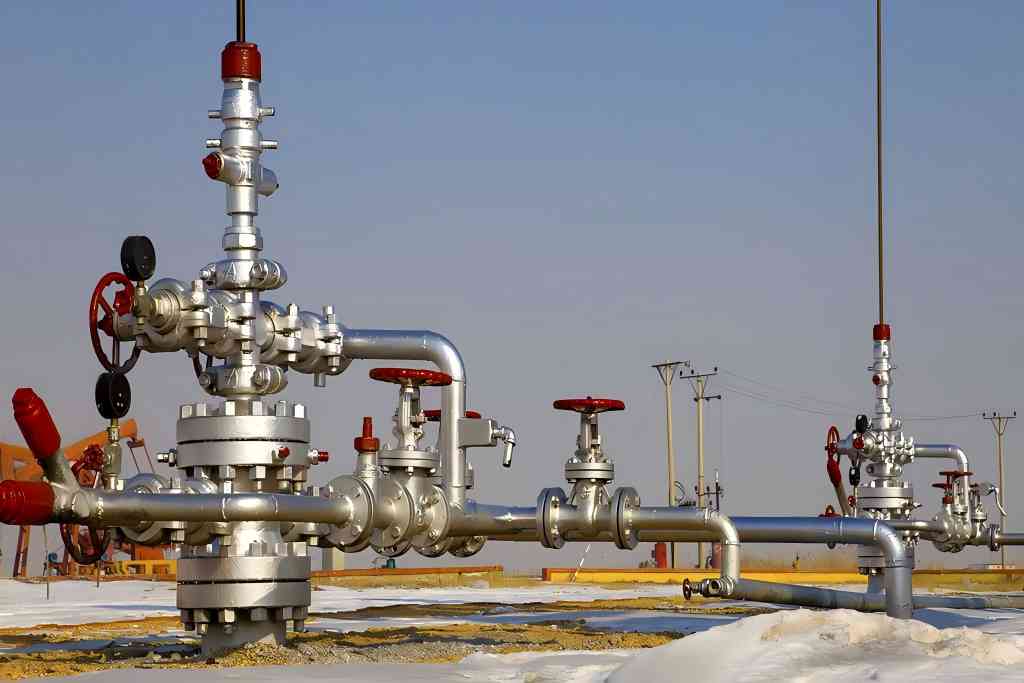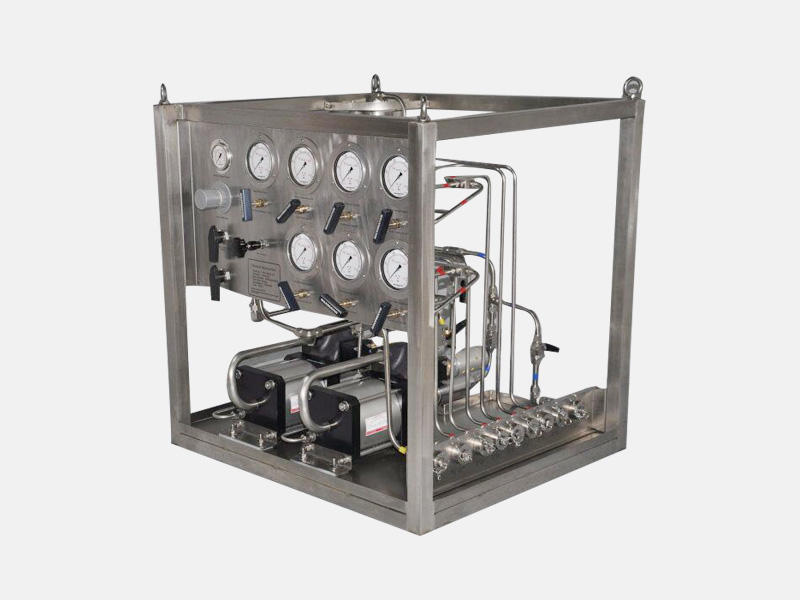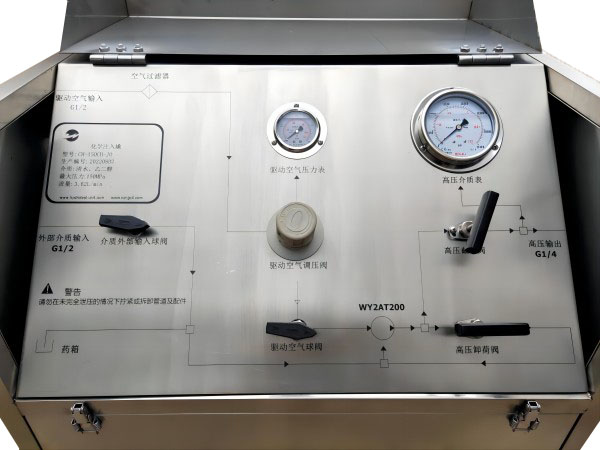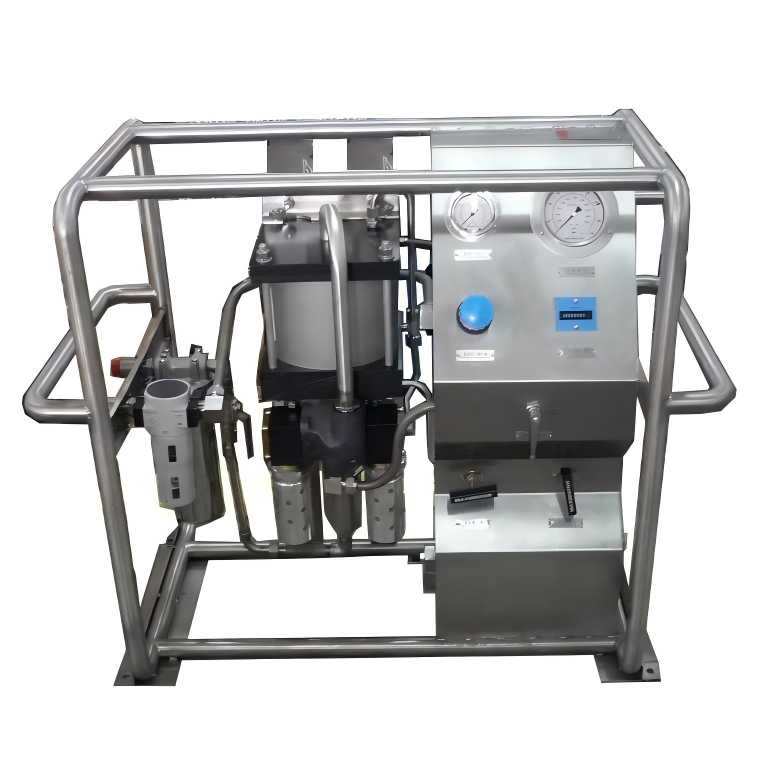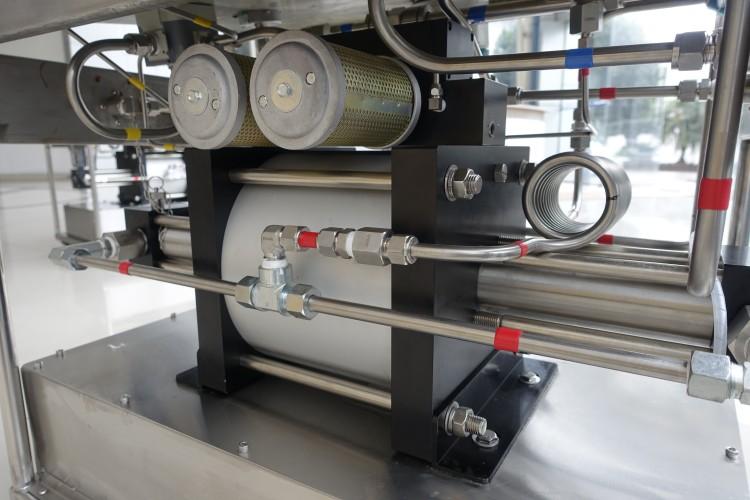Chemical Injection Pumps: Environmental Impact Analysis
With the continuous growth of global energy demand, the oil and gas industry plays an important role in the energy structure. However, the development of this industry is accompanied by a series of environmental challenges, one of which is the potential environmental impact of the use of chemical injection pumps. Chemical injection pumps regulate the production conditions of oil and gas wells by injecting chemicals, but the use and disposal of these chemicals can potentially pollute the environment. Therefore, a comprehensive analysis of the environmental impact of chemical injection pumps and the proposal of effective environmental measures are of great significance for the green development of the oil and gas industry.
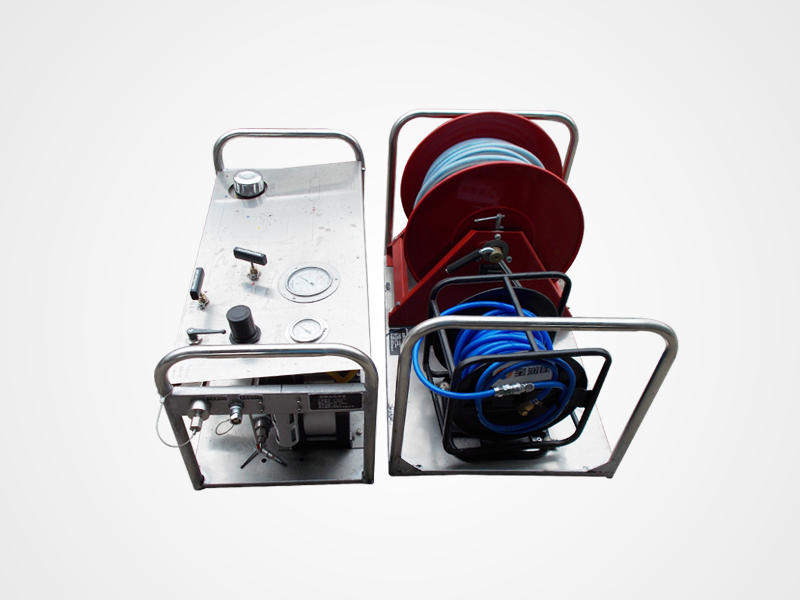
Working Principle and Application Background of Chemical Injection Pumps
Chemical injection pumps for oil and gas are specialized pumps designed for high-pressure environments. They can inject chemicals such as methanol and ethylene glycol into oil and gas wells to prevent the freezing of formation fluids and ensure normal production of oil and gas wells. These chemicals are injected into the wellbore under the high pressure of the pump, mixed with formation fluids, and act to lower the freezing point. The working principle of chemical injection pumps is based on fluid mechanics and thermodynamics principles, precisely controlling the injection rate and pressure of chemicals to regulate the production state of oil and gas wells.
Chemical injection pumps are widely used in oil and gas extraction. They not only effectively prevent the freezing of oil and gas wells but also improve the production capacity of oil and gas wells and enhance oil and gas recovery rates. In addition, chemical injection pumps can also be used for other purposes, such as adjusting formation pressure and improving oil and gas flow properties. By injecting an appropriate amount of chemicals, the production conditions of oil and gas wells can be optimized, and the production life of oil and gas wells can be extended.
Potential Environmental Impacts of Chemical Injection Pumps
Despite the important role of chemical injection pumps in oil and gas extraction, their potential environmental impacts cannot be ignored. These include:
- Chemical spills: If the sealing performance of chemical injection pumps is poor or leaks occur during transportation and storage, chemicals may enter the soil and water sources, causing pollution to the ecological environment. This pollution can affect local vegetation, animals, and human health.
- Groundwater contamination: Chemicals may enter the groundwater system through permeation, posing a threat to drinking water sources. Long-term exposure to contaminated groundwater can increase the risk of cancer and other health problems.
- Ecosystem disruption: Chemicals can have direct or indirect impacts on local ecosystems. For example, they may change soil pH, affecting plant growth; or have toxic effects on aquatic organisms, leading to a decrease in species numbers.
- Climate change: The production and use of some chemicals may release greenhouse gases such as carbon dioxide and methane, contributing to global climate change.
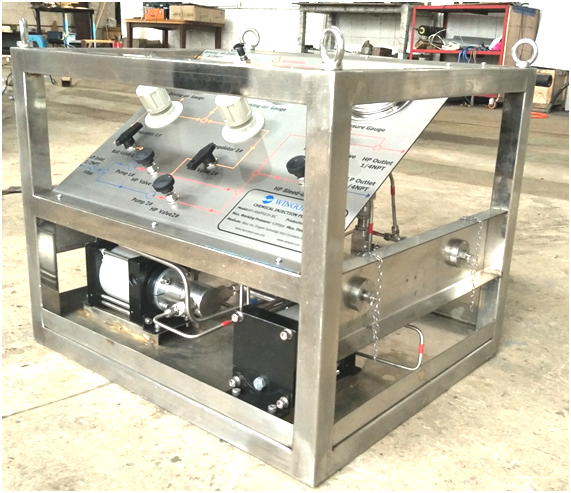
Environmental Measures and Technological Innovation
To reduce the environmental impact of chemical injection in gas and oil extraction, the following environmental measures and technological innovations can be taken:
- Improved design: Develop more efficient and reliable chemical injection pumps to reduce the possibility of leaks. For example, use new materials and sealing technologies to improve the durability and sealing of the pump.
- Optimized operation: Train operators to ensure they understand the correct operating procedures and safety measures to reduce leaks caused by human error. At the same time, establish strict operating procedures and monitoring systems to monitor the injection of chemicals in real time.
- Select environmentally friendly chemicals: Research and develop more environmentally friendly chemical substitutes to reduce harm to the environment. For example, use biodegradable chemicals or find natural alternatives.
- Waste management: Establish an effective waste management system to ensure that the disposal and treatment of chemicals meet environmental requirements. For example, set up dedicated collection facilities and pretreat and safely dispose of waste liquids.
- Environmental monitoring: Establish an environmental monitoring network to regularly monitor the content of chemicals in soil, water sources, and air, promptly detect potential pollution incidents, and take corresponding countermeasures.
- International cooperation: Strengthen international technical exchange and cooperation, share best practices and successful experiences, and work together to address global environmental challenges. Through international cooperation, technological innovation and environmental governance can be promoted.
Case Studies and Data Analysis
To further verify the environmental impact of chemical injection pumps, case studies, and data analysis can be carried out. By collecting actual operating data from different regions and oil fields, analyze the operating effects of chemical injection pumps and the extent of their environmental impact. This data can help us understand the performance of chemical injection pumps in actual operation and their potential environmental impact. Through comparative analysis, we can identify which factors have the greatest environmental impact, allowing for targeted measures for improvement.
For instance, a case study could compare two oil fields: one that utilizes cutting-edge, high-efficiency chemical injection pumps with robust sealing mechanisms and another that relies on older models. By analyzing data on chemical usage, leak rates, and environmental monitoring results from both fields, we can assess the effectiveness of the newer technology in reducing environmental impact.
Similarly, data analysis can be used to identify trends in chemical spills or groundwater contamination near oil fields that utilize chemical injection pumps. This data can then be used to pinpoint areas where stricter regulations or improved operational practices are needed.
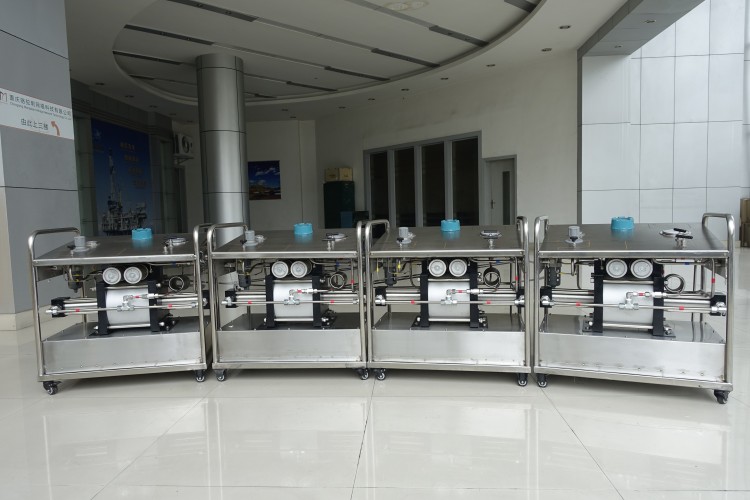
Future Outlook and Recommendations
With increasing environmental awareness and technological advancements, the future development of chemical injection pumps will place greater emphasis on environmental protection and sustainability. Future research should focus on developing more environmentally friendly chemical substitutes and optimizing pump design and operation to minimize environmental impact. Additionally, strengthening international cooperation, and sharing best practices and technological advancements will collectively drive the environmentally friendly development of chemical injection pump technology.
Here are some specific recommendations for the future:
- Government and industry organizations: Develop and enforce strict environmental standards and regulations to ensure that the use of chemical injection pumps does not cause irreversible damage to the environment.
- Public education and participation: Increase public awareness and support for environmental issues related to chemical injection pumps by strengthening public education and participation. This can encourage the industry to move towards sustainable development practices.
Conclusion
Chemical injection pumps undoubtedly play a significant role in improving oil and gas extraction efficiency. However, their use is not without environmental risks. By implementing a combination of environmental measures, technological innovation, and international collaboration, we can minimize the environmental impact of chemical injection pumps. As the industry embraces sustainable development principles, the design and application of chemical injection pumps will continue to evolve, offering greater benefits for oil and gas production while safeguarding the environment.

